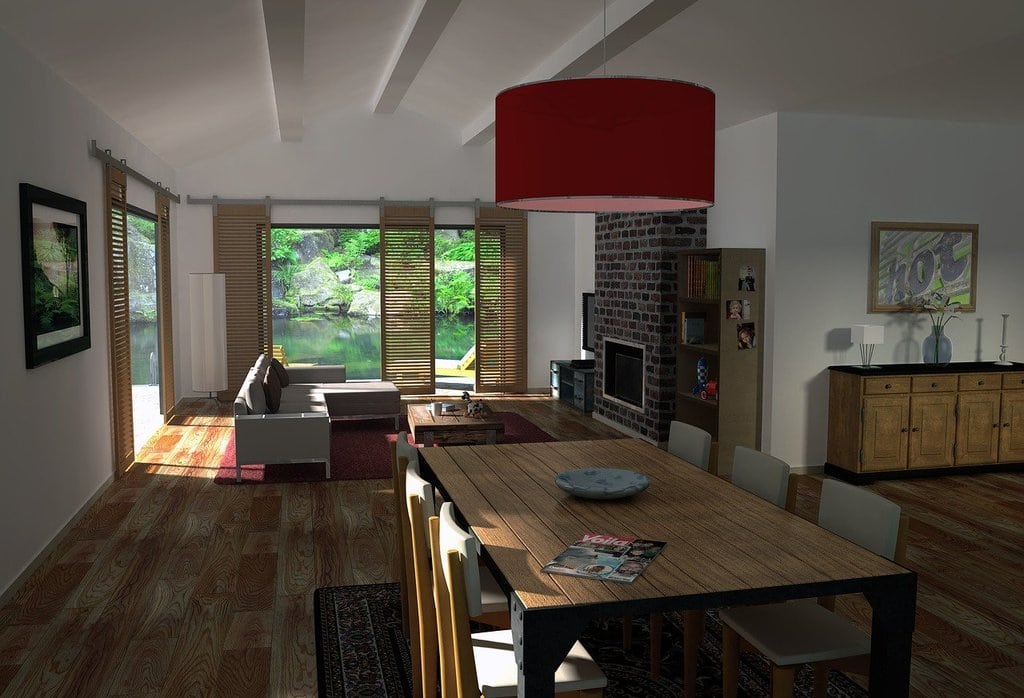In a world that often finds itself cluttered with noise and distraction, the art of minimalism emerges as a quiet yet powerful language. Minimalism, characterized by its simplicity and the deliberate use of limited elements, speaks volumes without uttering a single word. It’s a form that resonates with clarity and focus, allowing the observer to find meaning in what is not immediately apparent. Minimalism, though seemingly austere, opens up a space where silence becomes eloquent, and empty spaces invite exploration.
The Voice Within Minimalist Art
Minimalism is not just an absence but a deliberate choice to embrace simplicity and restraint. By reducing art to its essentials, minimalism strips away the superfluous and shines a spotlight on the core message. The strength of minimalist art lies in its ability to communicate through subtleties. By utilizing basic geometric shapes and a limited color palette, minimalist artists convey profound ideas that might otherwise be lost in complexity.
This form of expression encourages viewers to engage with the art authentically. The absence of clutter allows for a heightened focus on the few elements present. As a result, each line, color, and shape is imbued with significance, inviting a deeper level of contemplation. This elegant simplicity becomes a mirror, reflecting the viewer’s thoughts and emotions.

How Minimalism Speaks Through Design
Minimalism extends beyond the canvas and finds its voice in design as well. The principles of minimalist design are evident in architecture, fashion, and even digital interfaces. By adhering to the mantra of “less is more,” designers create spaces and objects that are both functional and aesthetically pleasing. Minimalist design embraces open spaces, clean lines, and a restrained color palette, offering a sense of calm and order.
In architecture, for example, minimalist design emphasizes natural light, open floor plans, and the use of materials in their purest form. These elements work together to create an environment that is both serene and functional. In the realm of digital interfaces, minimalist design focuses on user experience, ensuring that every element serves a purpose and is easily navigable.
Here are some key characteristics that define minimalist design :
- Simplicity: elements are pared down to their most basic form, ensuring clarity and ease of use.
- Functionality: every component serves a practical purpose, avoiding unnecessary embellishments.
- Balance: a harmonious arrangement of elements creates a sense of order and tranquility.
- Focus: the use of negative space draws attention to the most important elements.
Interpreting Minimalist Art
Minimalism invites interpretation, offering a canvas upon which the viewer’s individual experiences and emotions can be projected. Each observer brings their own unique perspective, finding personal meaning in the simplicity. This engagement transforms minimalist art into a conversation between the creator and the observer, allowing for an intimate exchange of ideas.
The strength of minimalism lies in its ability to evoke emotion and provoke thought without relying on elaborate details. By focusing on the essential, minimalist art creates a space for reflection and introspection. The observer is not overwhelmed by complexity but rather invited to explore the subtle nuances that minimalism presents.
Through this exploration, minimalist art can evoke a spectrum of emotions, from tranquility and serenity to curiosity and wonder. The power of minimalism is in its ability to resonate on a personal level, creating a lasting impression that lingers long after the initial encounter.
The Timeless Appeal of Minimalism
Minimalism’s enduring appeal can be attributed to its timeless quality. By focusing on the essential, minimalist art and design transcend trends and fads, remaining relevant across generations. This timelessness is a testament to the strength of its simplicity, allowing minimalism to speak across different cultures and epochs.
The universal language of minimalism lies in its ability to communicate with clarity and purpose. Whether in art, design, or architecture, minimalism offers a fresh perspective that challenges conventional norms and encourages innovative thinking. Its ability to adapt and evolve ensures that minimalism remains a dynamic and influential force in the world of art and design.
In a world that often values complexity, minimalism offers an alternative narrative, one that emphasizes the power of simplicity and the beauty of restraint. Through its silent forms, minimalism continues to speak, inviting observers on a journey of discovery and reflection.
